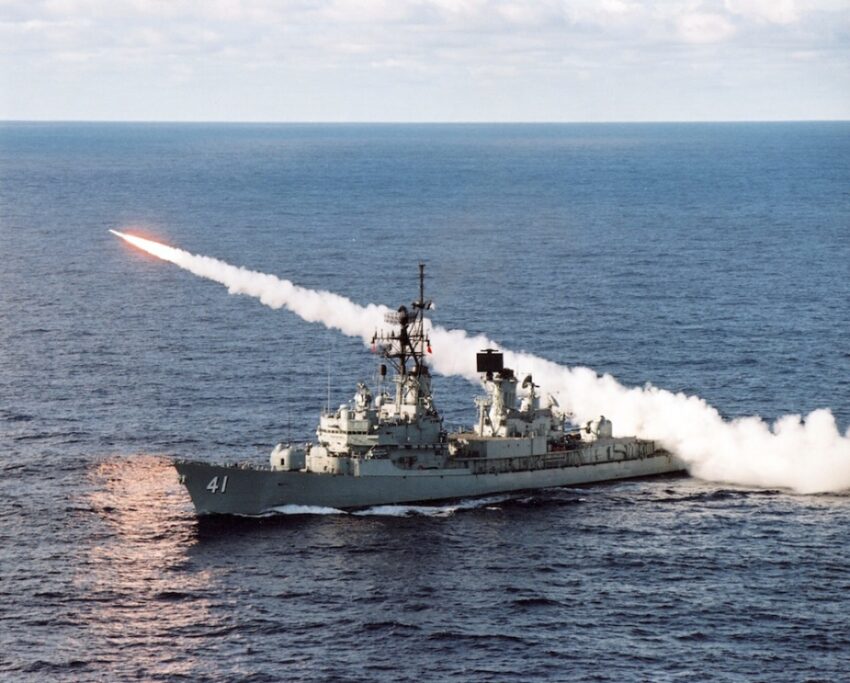The HMAS Brisbane
The HMAS Brisbane was one of three modified Charles F Adams-class guided missile destroyers (DDG) built in the US for the Royal Australian Navy (RAN) in the 1960s. The Brisbane and its two sister ships – HMAS Perth and Hobart – were collectively known as Perth-class destroyers. All three ships have since been scuttled in Australia as dive wrecks. HMAS Perth is located off Albany in Western Australia, HMAS Hobart is sunk outside Adelaide in South Australia and the Brisbane sits just off the coast of Mooloolaba on the Sunshine Coast in Queensland.
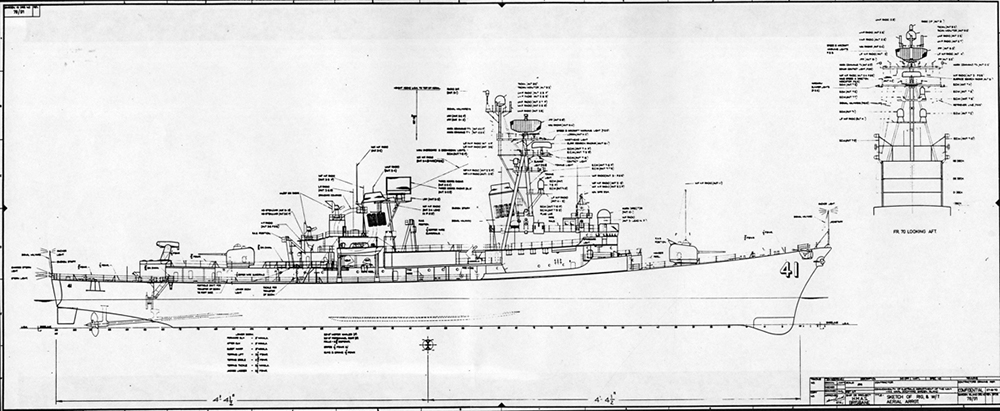
The Brisbane was laid down at the Defoe Shipbuilding Company in Bay City, Michigan on 15 February 1965 and launched on 5 May 1966. The ship was commissioned on 16 December 1967, the day before Harold Holt, the Prime Minister of Australia at the time, disappeared while swimming at a beach south of Melbourne.
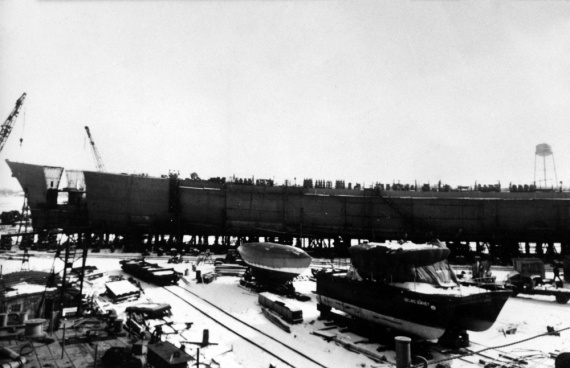
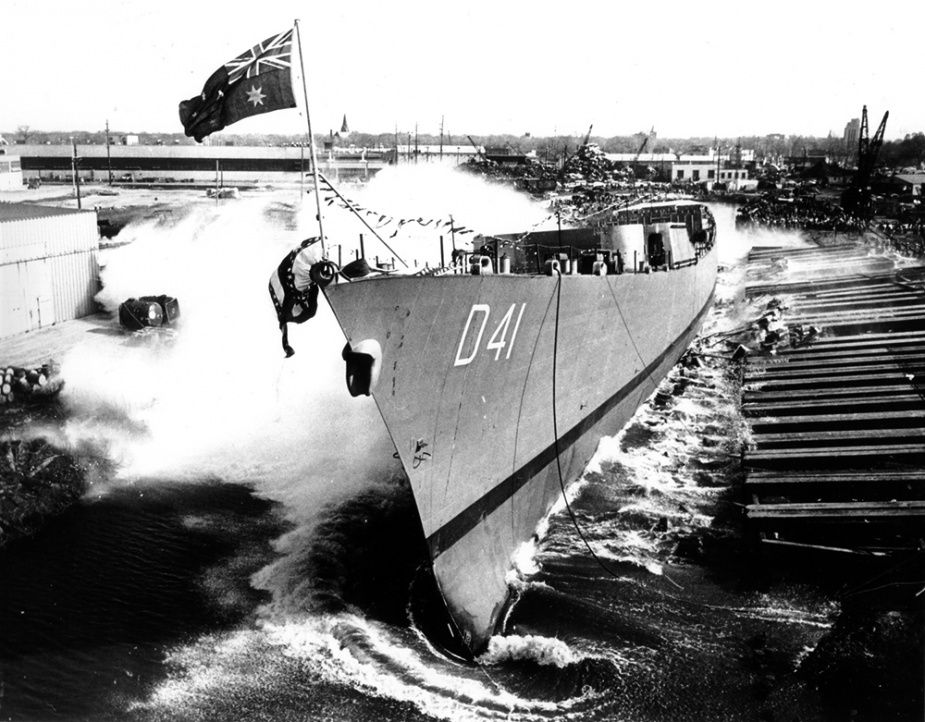
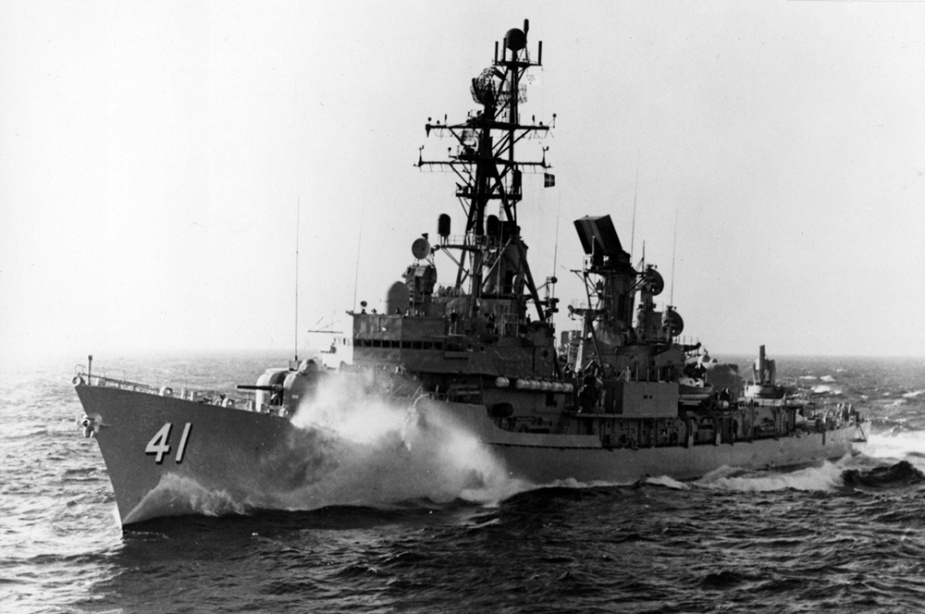
The Brisbane is 133.2 metres in length, with a beam of 14.3m and a draught of 6.1m. It managed a top speed of 36 knots and carried a complement of 311 crew. Weaponry included SM-1 surface-to-air missiles, 2 x 5-inch 54 calibre rapid fire guns and 2 x Mk 32 triple torpedo tubes.
The Brisbane was deployed twice to the Vietnam War and deployed to the Persian Gulf during the first Gulf War in late 1990.
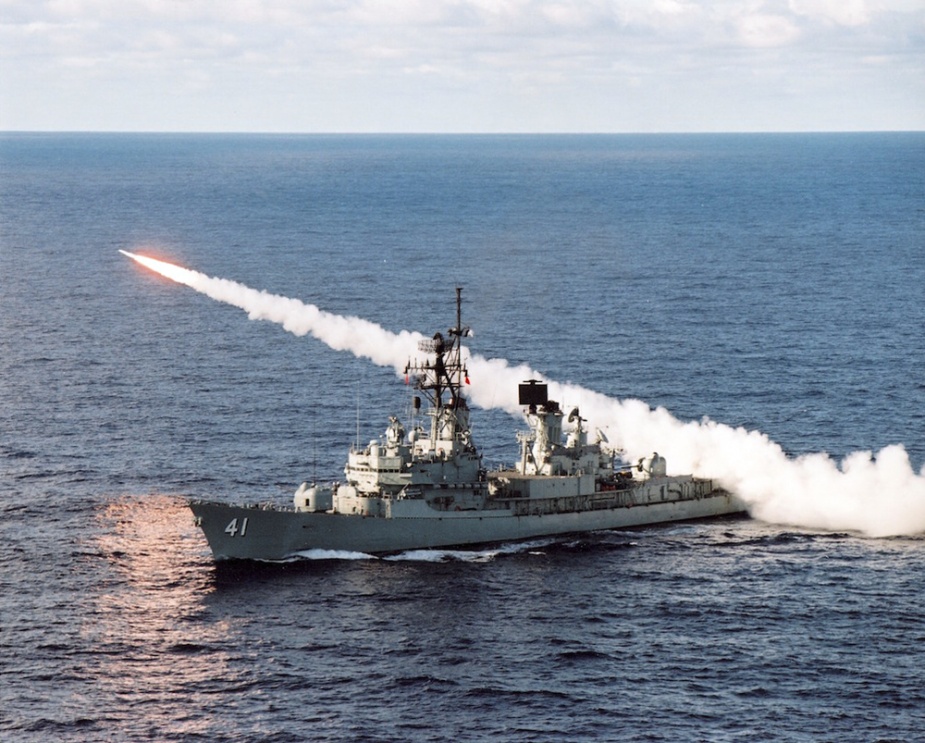
HMAS Brisbane was decommissioned on 19 October 2001 and scuttled on 31 July 2005 as the centrepiece of the ‘Ex-HMAS Brisbane Conservation Park’. One of the 5-inch gun mounts was removed prior to scuttling and is now on display outside the Australian War Memorial in Canberra.
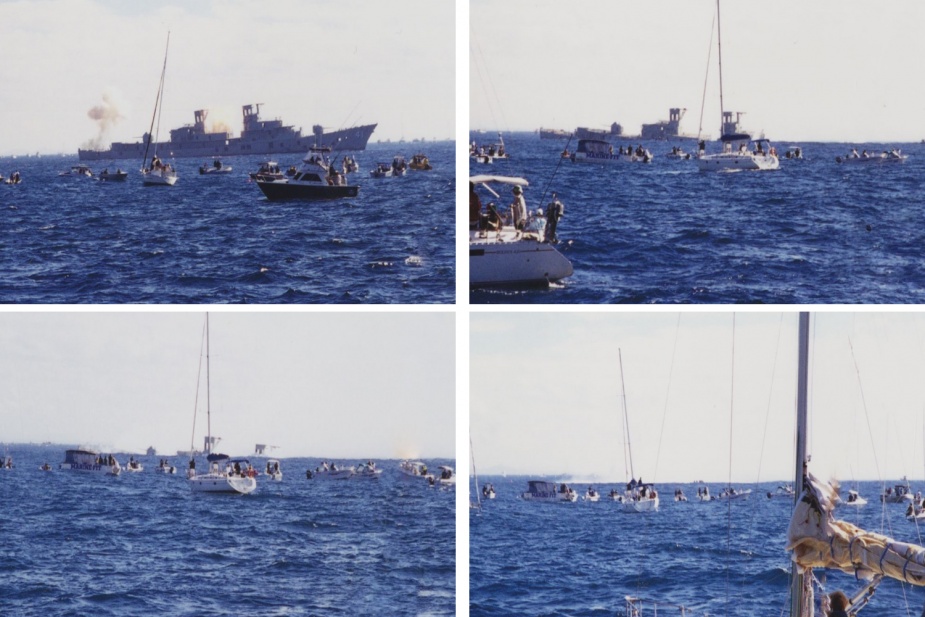
You can read a full history of the HMAS Brisbane on the Royal Australian Navy (RAN) website here. Credit for the images goes to Department of Defence (Australia) – my thanks to them.
How to get to the HMAS Brisbane
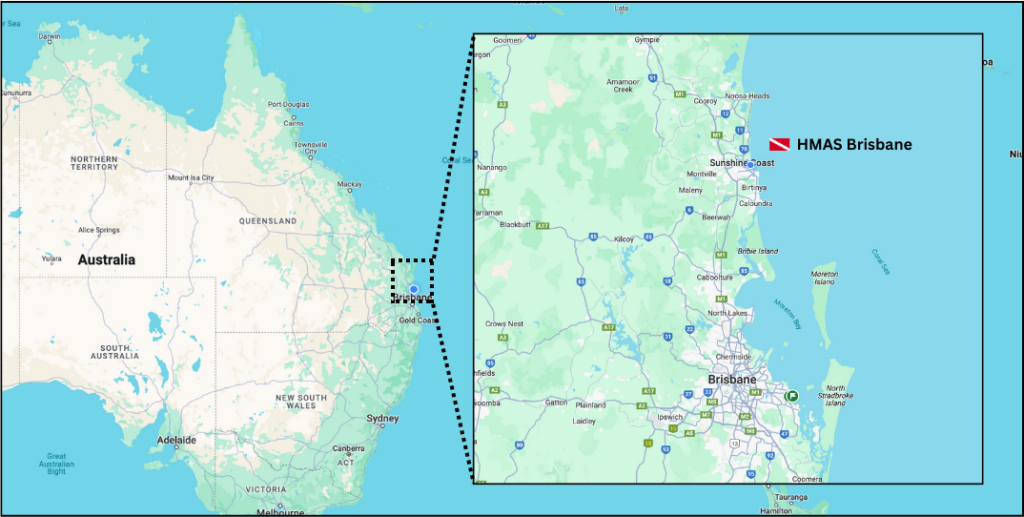
The Brisbane is scuttled 9km offshore from Mooloolaba on the Sunshine Coast in Queensland, Australia. The Sunshine Coast is a 100km stretch of coastline to the north of Brisbane. It’s an epic spot and worth a visit whether diving or not.
There are regular domestic flights to the Sunshine Coast airport from around Australia, and international flights to Brisbane airport, which is around 1.5 hours drive from Mooloolaba.
Mooloolaba and the surrounding areas are popular holiday destinations for Australians which means there’s lots of short-term rental accommodation available. It tends to get very busy during the summer months, particularly the six-week school summer holiday period from late December to the end of January.
The dive shop
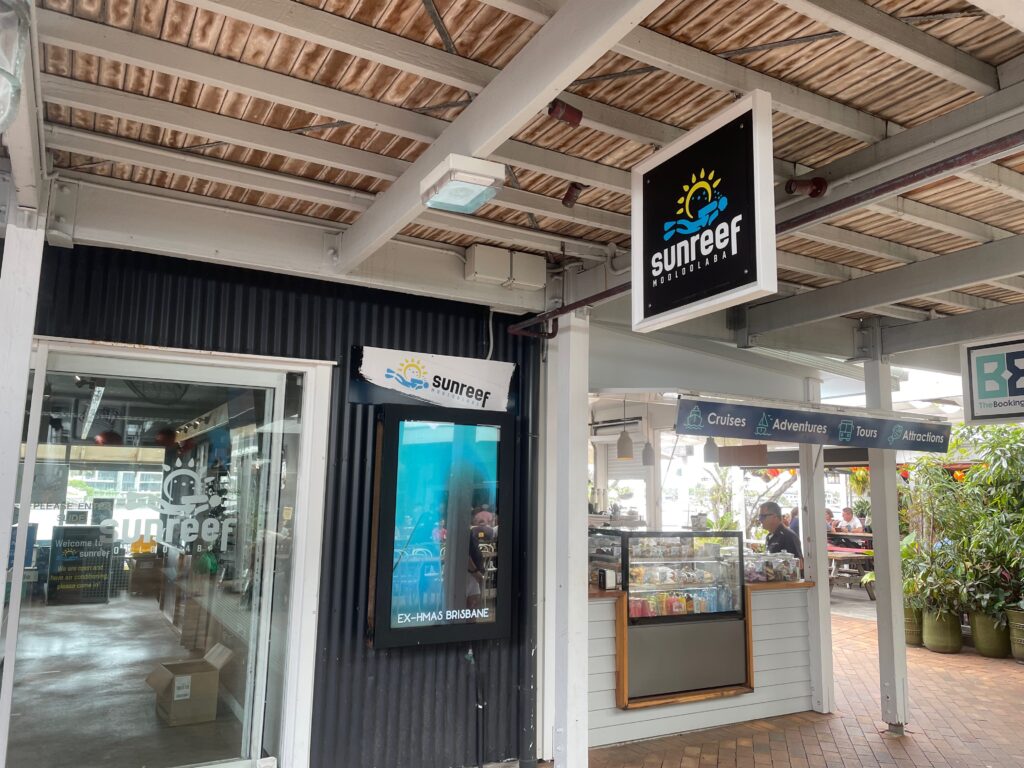
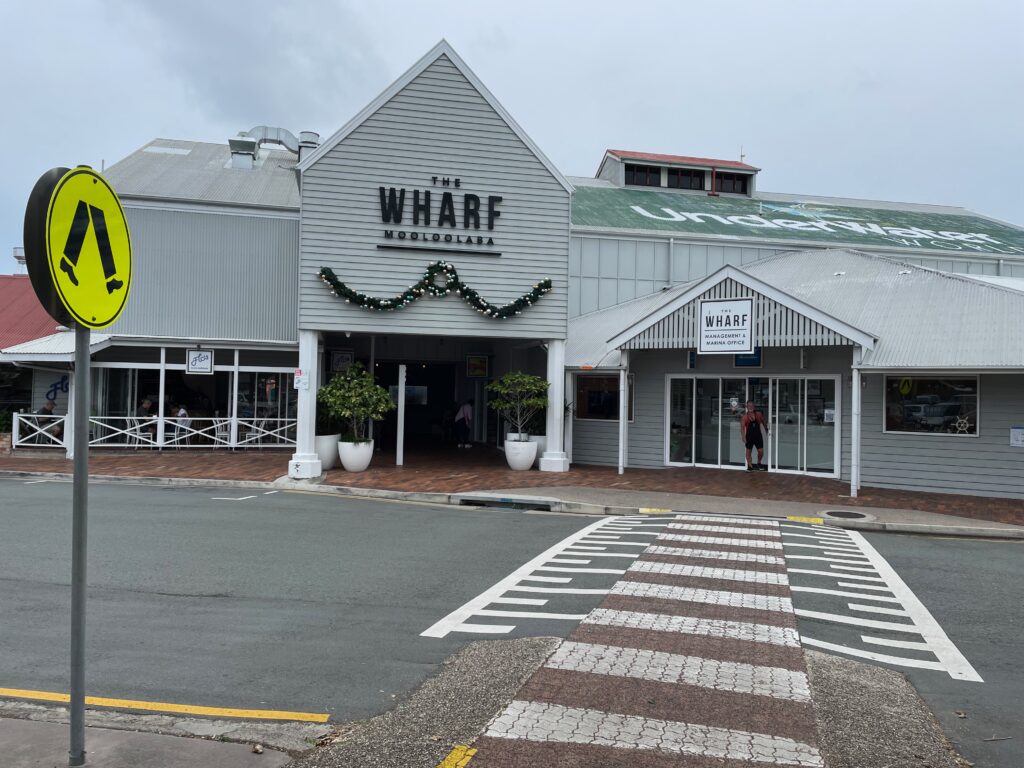
We chose to dive with Sunreef, probably the largest dive operator going to the HMAS Brisbane from Mooloolaba. Sunreef operate trips to the Brisbane every day, departing from the shop around 8am (be at the shop for 7:30am).
We hired most of our gear and it was in reasonably good condition. The BCDs were a little worn but fully functioning. The shops rents 5mm long wetsuits but no additional exposure protection so we brought our own hoods and under layers. The water was ~23 degrees in places and a hood was helpful for additional warmth, especially on the second dive.
There’s also a model of the Brisbane inside the shop to help orient yourself with the ship before heading out to sea.
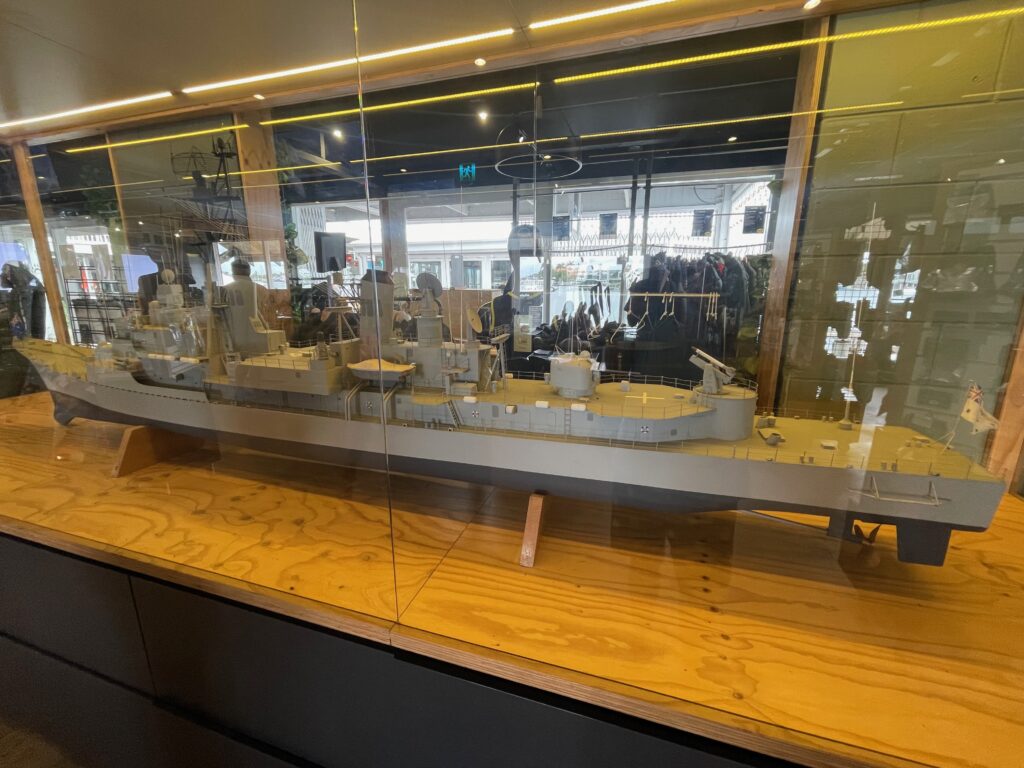
We met at the shop around 7:30am to arrange our rental gear and load up the boat. The boat is a spacious dedicated dive boat and got us out the dive site in 20-30 minutes. On the way out the boat was split into dive groups and each allocated a guide. Our guide was Roger – a nurse during the week and part-time dive guide at the weekend. He provided one of the most thorough briefings I can recall from my ~80 dives, explaining both the history of the ship and the dive plan.
Overall Sunreef were one of the best operators we’ve dived with and I’d highly recommend them for a trip to the HMAS Brisbane.
The diving


The ride out to the site was a little choppy – a few pale faces would be a sign of things to come at the surface interval – and so after arriving on the dive site we quickly geared up to get in the water. We swam around to the bow of the boat to prepare our descent to the wreck. But not before a diver in the group narrowly avoided being knocked out by the bow of the boat rocking up and down on the rolling waves.
After descending, we had a five minute pause at ten metres while the diver who wanted an anchor for a crown (see video above) also realised his tank wasn’t secure. With that issue resolved we kicked towards the stern to start the dive.
The wreck sits in 27m of water with the deepest point of the dive a swim-through under the stern by the propellor. We swam through the eerie darkness onto the other side of the wreck and finned back up to the walkway at the side of the ship.
With almost 20 years on the sea floor, coral and sealife now cover every inch of the open wreck. As we swam along the side of the ship, a number of damsel fish nipped at our fins, desperately defending their patch of the wreck.
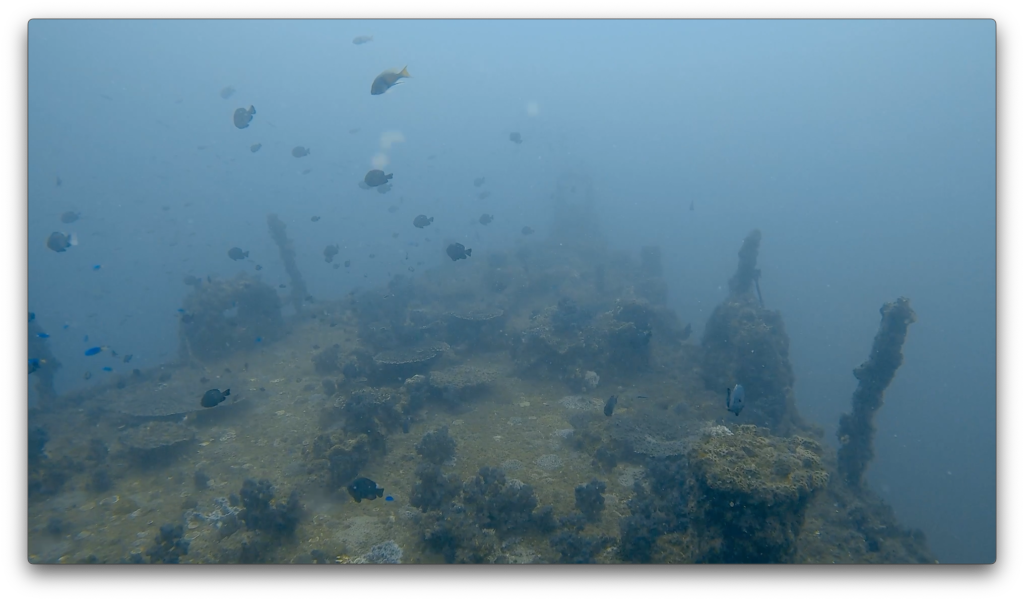
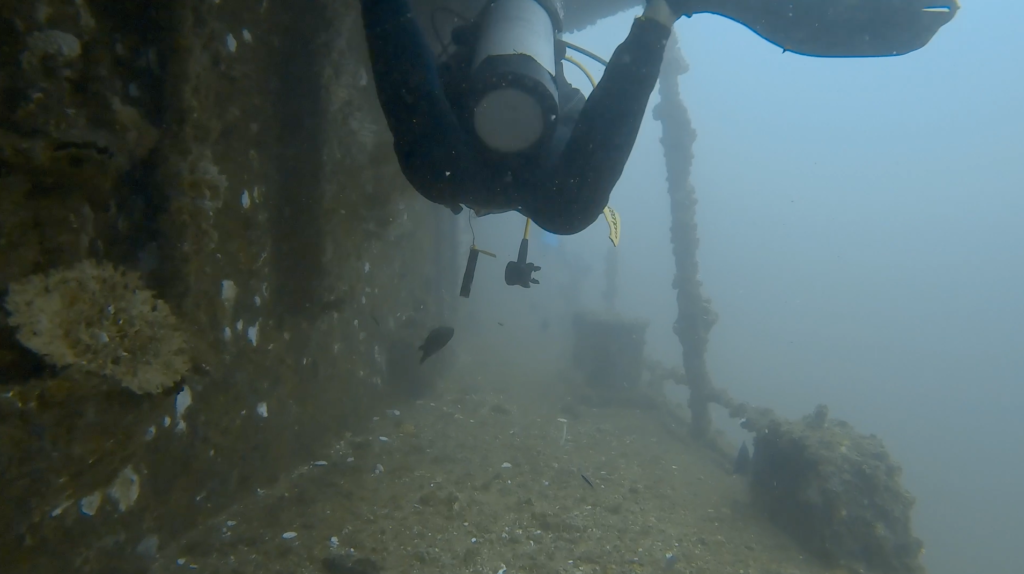
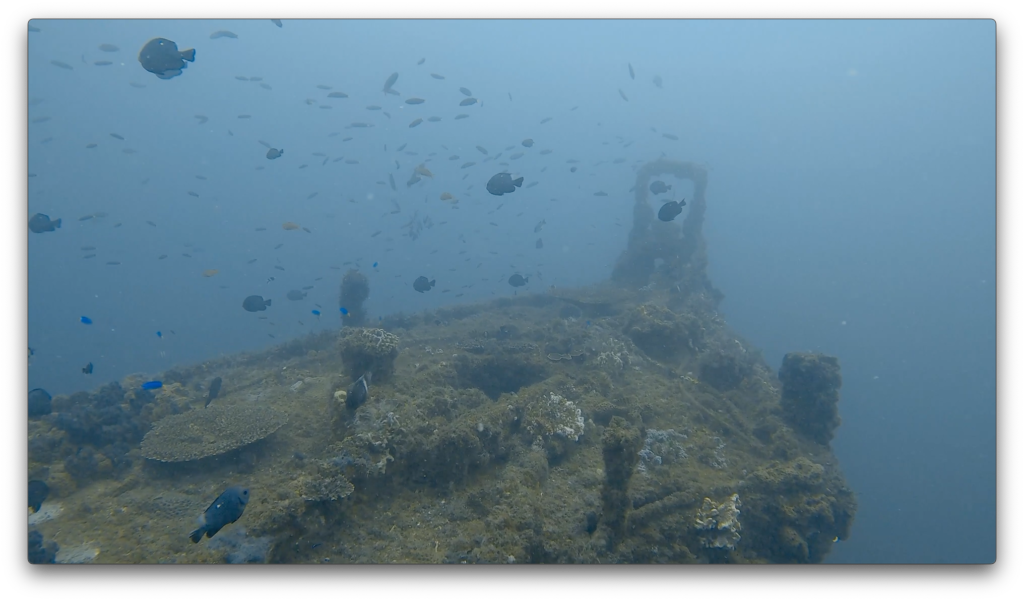
We finished the first dive at the bow which is by far the most densely populated neighbourhood of the Brisbane. The deck is fully encrusted in corals and the number of fish was incredible. The bow is also the point where you can get up close amd personal with the main gun.
We surfaced and stepped back on the boat for an hour long surface interval. Notable for the sound of at least three divers vomiting off the back of the boat. The swell was particularly choppy and I was grateful to be back in the water for the start of our second dive.
On our second dive we were given the option to enter the wreck. Before the ship was scuttled, a number of holes were cut all along the enclosed decks of the ship. So what would have been a highly technical penetration dive is now a series of straightforward swim-throughs with light streaming in at all points of the dive.
Despite the significant number of new entries and exits, there was still a lot of silt inside the wreck and there were parts where visbility was reduced to a couple of metres. Luckily I’m from the UK and know what low visibility diving truly is!
After a some time swimming around inside the wreck we exited back out into the open ocean. We spent the remainder of the dive making our way up to the stacks for our safety stop before surfacing and heading back to shore.
Summary Stats
- Date: 26th Nov 2023
- Dive Log: #86 & #87
- Max depth: 27.3m (under the stern by the propellor)
- Max water temp: 25C / 77F
- Min water temp: 23C / 73F
- Exposure protection: 5mm long wetsuit, 2mm hood
- Dive Shop: Sunreef
- Price per dive: A$149 (including gear hire and tax)
| Dive # | Date | Dive Site | Duration (mins) | Max Depth (m) | Avg Depth (m) | Temp High (C) | Temp Low (C) |
| 86 | 25/11/23 | HMAS Brisbane | 38 | 27.3 | 17.1 | 24 | 23 |
| 87 | 25/11/23 | HMAS Brisbane | 41 | 22.9 | 14.9 | 25 | 23 |
